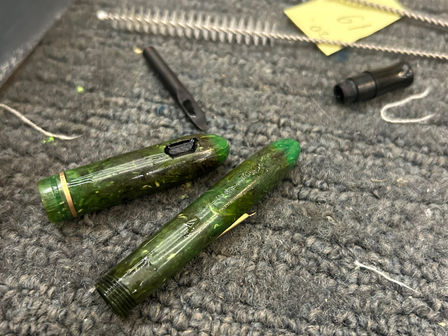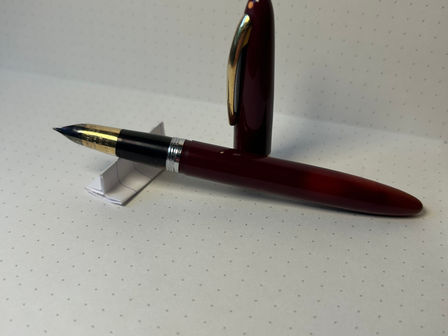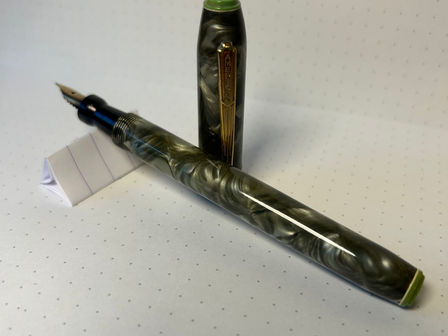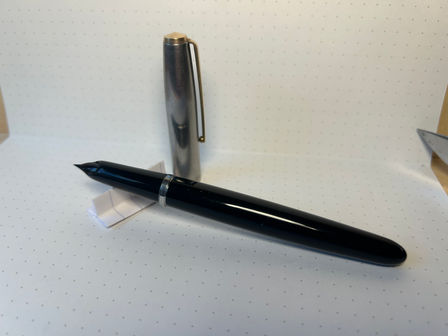
Project steps and Images
It is safe to say that I used to have some of the worst handwriting of everyone I knew. My writing was slow, hard to read, and it hurt my hand to write more thane a few sentences. When I finally decided to fix that, I figured that I might as well practice alongside something a little nicer than a BIC Cristal. Looking around for what to use, I accidentally fell into the online fountain pen rabbit hole. Intrigued by the various different filling mechanisms, nib types, and designs (and a little addicted to the ebay bidding tool) I soon ended up with a veritable bucket of these old pens.
The primary skill that I learned from the repair process was research. I spent hours combing through old forums and websites determining which tools to buy and which techniques to use in the restoration process and learning about different terms, materials, companies, and filling mechanisms of vintage fountain pens. Several, like the Sheaffer snorkels had complex internal mechanisms that I needed to find step-by-step breakdowns of. I also attempted nib griding, essentially shaping the tiny little bit of metal that meets the paper, which is regarded as the hardest part of pen restorations and tested the limits of my precision and patience. Likely the most time-consuming aspect was simply polishing the many pens. After much trial and error on the several "junk pens" I had also bought, I settled on a process of sanding with micromesh, buffing using a custom drill press attachment, and finishing with a Jewlers cloth to ultimately give a like-new appearance to many of the finished pens.


















